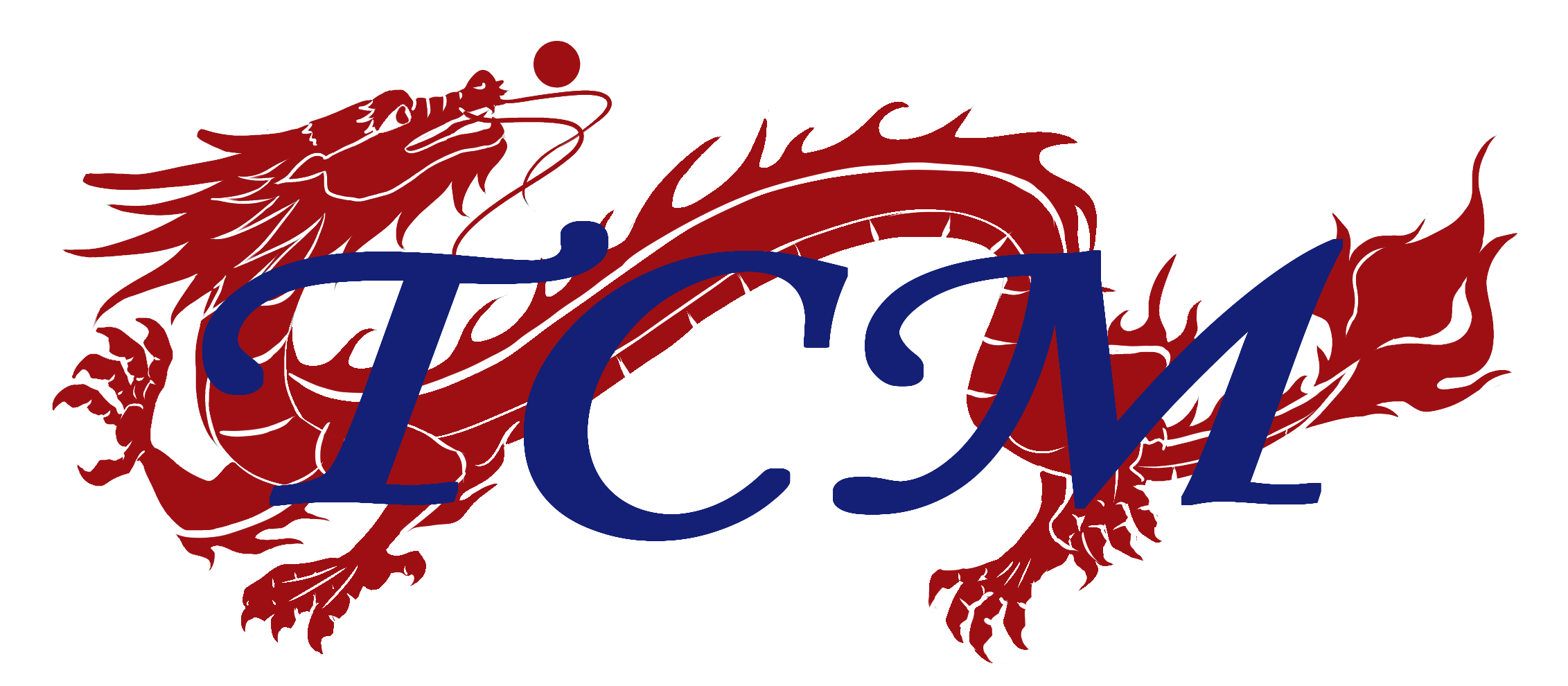“Gua” means scraping or rubbing, which is the technique of this treatment. In a broad sense, this type of therapy includes “Gua Sha,” “Che Sha,” “Fang Sha,” “Cui Sha,” and “Pai Sha.” “Sha,” also called “Sha Xiang,” refers to the physiological and pathological reactions of the skin of these parts after the aforementioned methods are used on the skin of the human body, mostly in the forms of skin texture and color changes. Common Sha Xiang includes the flushes, purplish red or black bruises, or dotted purplish red rashes that appear on the scraped part of the skin, often accompanied by varying degrees of heat. These skin changes will last for a day or longer.
Mechanism of Gua Sha
The zang-fu organs, nutrient-defense, meridians, and acupoints of the human body are integrated into one, forming the reaction pathways from the inside of the body to the outside and the outside, inside. The zang-fu organs are principal parts of the body (the foundation of life activities), and the nutrient-defense, qi and blood generated by these organs are the basic substances that maintain and nourish human life. Nutrient-defense, qi, and blood act on the acupoints with the meridians serving as their channels. Acupoints are areas where the qi of the zang-fu organs and meridians is infused on the surface of the body.
The mechanism of Gua Sha is based on this very relationship among the zang-fu organs, nutrient-defense, meridians, and acupoints of the human body, and the reaction pathways they form for the inside-outside exchanges. Gua sha utilizes certain tools to scrape the skin to act on certain acupoints, which will create certain stimulations that help clear the meridians, regulate the nutrient defense, and harmonize the zang-fu organs. When these tasks are completed, human life activities will function properly, making the body healthy. Nutrient defense is the qi and blood of the meridians and collaterals. Food and liquids enter the stomach and enable the generation of qi and blood, with the nutrient being in the vessels and defense outside the vessels. The mild and pure essence of the nutrient stays in the vessels and flows with blood, and it is an important component for blood generation, having the function of nourishing the whole body, therefore named nutrient qi.
Functions of Gua Sha
1) Activating Blood and Resolving Stasis
Human muscles, ligaments, and bones, once injured, will have static blood in the injured area. Such congestion will obstruct the flow of qi and blood through the meridians and cause pain, which never goes away until the static blood is resolved. Most of the common scraping sites in clinical practice are mostly where qi and blood converge. The reflex action of benign stimulations on the scraped areas could boost the blood circulation, increase the blood flow, resolve the static blood, generate new blood, and clear the meridians to help qi and blood run smoothly, which in turn relieves the pain. Meanwhile, it could also promote the activation of organ and tissue functions, so that the body’s own disease resistance can be restored and pathogens eliminated.
2) Dredging Channels and Activating Collaterals
Chinese medicine believes that the zang-fu organs, nutrient-defense, meridians (and collaterals), and acupoints are organically combined. Gua sha utilizes certain tools to scrape the skin to act on certain acupoints, which will create certain stimulations that help clear the meridians. Once the zang-fu organs are in harmony and the nutrient-defense runs properly, human life activities will function properly and be free from diseases.
3) Inducing Sweating to Release Exterior
Scraping makes the skin congested and expands the capillaries, which will dispel the pathogens or pathogenic qi in the body surface, meridians, acupoints, deep tissues, and even organs that cause rheumatism, phlegm-dampness, static blood, fire-heat, sepsis, etc. in the form of sweat so that one can selfheal.
4) Clearing Heat and Removing Toxin
Gua sha not only accelerates the evacuation of wastes and toxins from the body but also enables the alternation between new and old blood in congested areas. The local blood running smoothly could relieve its local pressure, therefore eliminating local redness, swelling, heat, and pain, and further achieving the goal of clearing heat and detoxifying.
5) Warming Meridians and Dissipating Cold
The stimulation of Gua Sha produces a local thermal effect, and the blood circulates when warmed. That the blood runs faster could help improve local metabolism. The stimulations of gua sha will be conducted to corresponding organs through skin receptors and meridians. The excitation process of the conduction will eventually discharge cold pathogens from the body.

